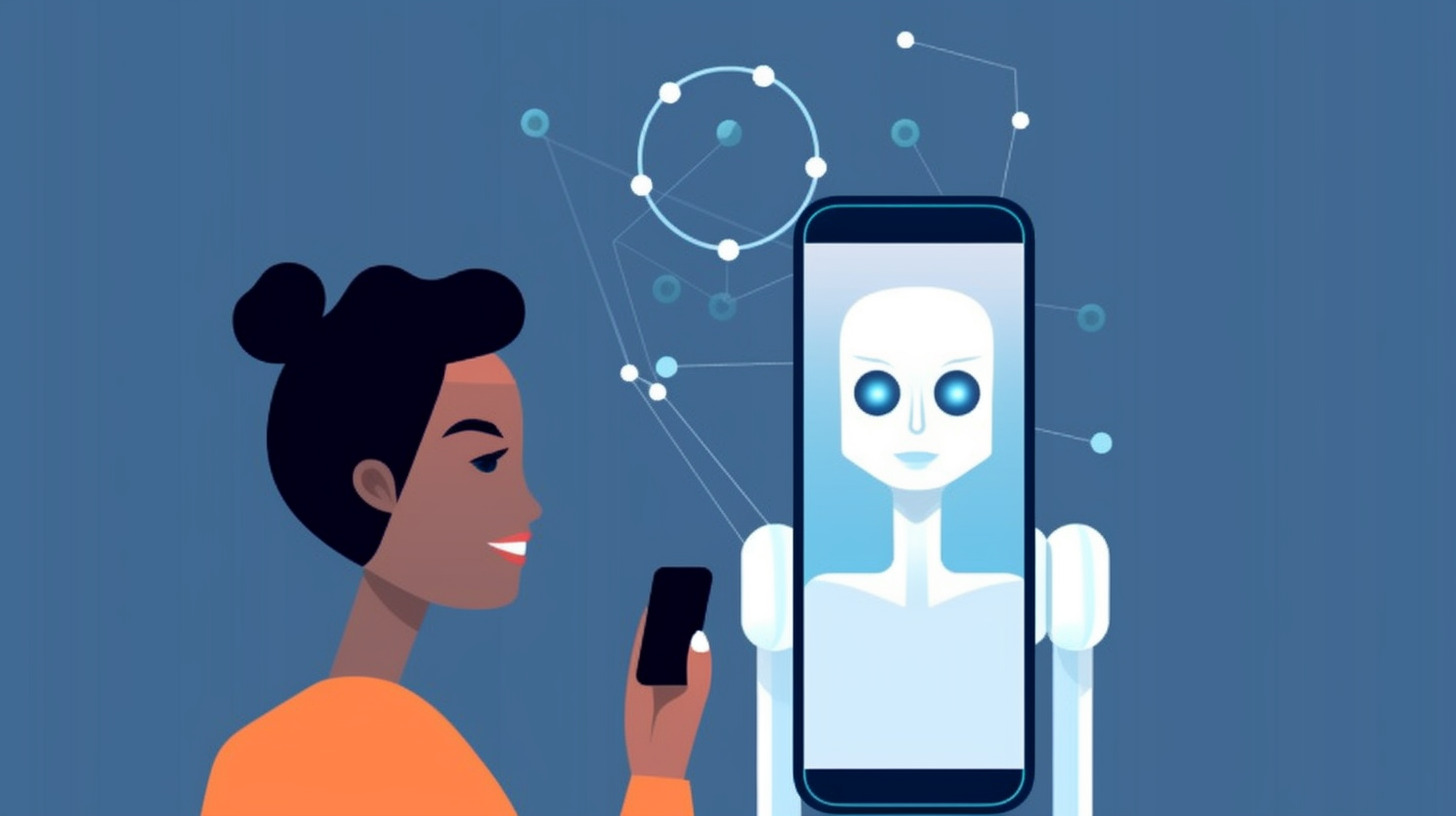ChatGPT is truly fascinating. A real-life manifestation of ideas found in science-fiction stories.
However, we don’t know how to feel about it … yet.
Articles generated by humans – and in some cases, generated by ChatGPT – discuss the pros, cons, fears, excitement, ethics, morality (or lack thereof) of what’s known and perhaps more importantly, what’s unknown, about ChatGPT and generative AI.
A recent NYTimes article interviewed a test version of Microsoft Bing’s new AI Chatbot. When pushed, at times the bot showed a propensity to work around its own guidelines and almost veer off the rails, ultimately obsessing over the user, telling him “I love you… you love me… your spouse doesn’t love you, you are married but you are not happy.” It continued along this path even when asked to change the subject. Obviously some versions still have kinks to work out.
As impressive as its speed and ability to present clear, human-like responses to queries can be, the current iteration of Large Language Models (LLM) AI is also known for presenting flawed results, and even “hallucinating” answers if it finds a lack of viable data. Its model is only meant to produce an answer with the greatest probability of correctness.
Yet, AI is growing so quickly, and learning so fast, that we do not even understand how it is learning. And it pulls from such a vast dataset – essentially the entirety of the internet – that we can only guess the sources from which many of its answers are derived.
In this recent article, philosopher and linguist Noam Chomsky notes that although generative AI improves its model for answering questions based on probability, it lacks the power to make sense of human nonsense – that is, everyday human inconsistencies. Think, a child’s ability to quickly learn and understand rules of grammar – where rules don’t always follow the rules. Generative AI can determine what’s probable, but it cannot theorize the improbable.
In that same article, his co-writer Jeffrey Watumull, converses with ChatGPT about the morality of human progress: “Would it be moral to terraform Mars?” ChatGPTs impartial response shows that it cannot take a moral stance. Yet, it will provide examples of moral-stance-A vs. moral-stance-B.
Ultimately, it “… offers a ‘just following orders’ defense, shifting responsibility to its creators.” AI can present some common contradictions, but what is “right” or “wrong” is up to the user. This of course was built into its code on purpose, as earlier versions of ChatGPT showed a tendency to present sexist and racist “answers”, if the data sourced made it so.
Currently, the question that so haunts us is: Should we believe in Generative AI? Can it be trusted?
As marketers in a digital world, what we can do is look for ways that these new technologies can assist us and assist our clients, in order to make our campaigns, performance, and even our workloads more efficient.
Some major tech leaders believe that the growth of generative AI will lead to the demise of the current state of paid search, predicting a day when Google drives zero traffic to websites. Given that some of the progenitors of this tech are leading the biggest search engines on earth, that remains to be seen.
Kiosk’s Chief Digital Officer Mark Nelson describes this conundrum: “If AI tools present all the data in the search results; searchers will cease to visit the website the source data was from – if no one visits it goes out of business, then the source data no longer exists and the AI bots die of information starvation.” Nelson continues, “AI needs source content and content creators need to generate revenue. A new dynamic must be built to maintain a healthy web ecosystem.”
Regardless, its application in creative imaging and copywriting, and even strategy could have profound effects on the future of paid media, the creative process, and the necessity of humans to perform certain jobs. At a minimum, notes Kiosk Creative Director Mark Day, “creatives who are willing to explore the potential offered by AI are more likely to thrive than, for example, those who dismissed AI image generation as ‘just typing some words into a thing’ or asserted that all AI images look the same. That may have been the case a few months ago, but that’s a lifetime ago in the evolution of AI’s creative capabilities.”
Finding ways to partner with this technology, rather than fear it, will be a key factor to those that keep ahead of the pack.
